Guangzhou, the provincial capital of Guangdong, has been engaged in a long, drawn-out battle with COVID-19 for almost two months, with the city reporting close to 10,000 daily cases at the peak of the outbreak.
On November 21, the city ordered the closure of restaurants in Tianhe district, leaving only Panyu district as the only area where residents could dine-in.
However, just five days later eateries in Panyu were closed and residents in both Tianhe and Panyu were advised not to leave their homes, while public transport in some areas was halted.
It was a moment of despondency for the city’s 15.3 million people, and essentially meant that those who were not confined to their apartments or communities could only leave their homes for work.
But then, yesterday, November 30, the city was shocked by a string of announcements allowing millions of people’s lives and businesses to almost return to normal, even in Haizhu district, the epicenter of the outbreak.
Here’s a rundown of exactly what happened.
Mass COVID Testing Sites Closed
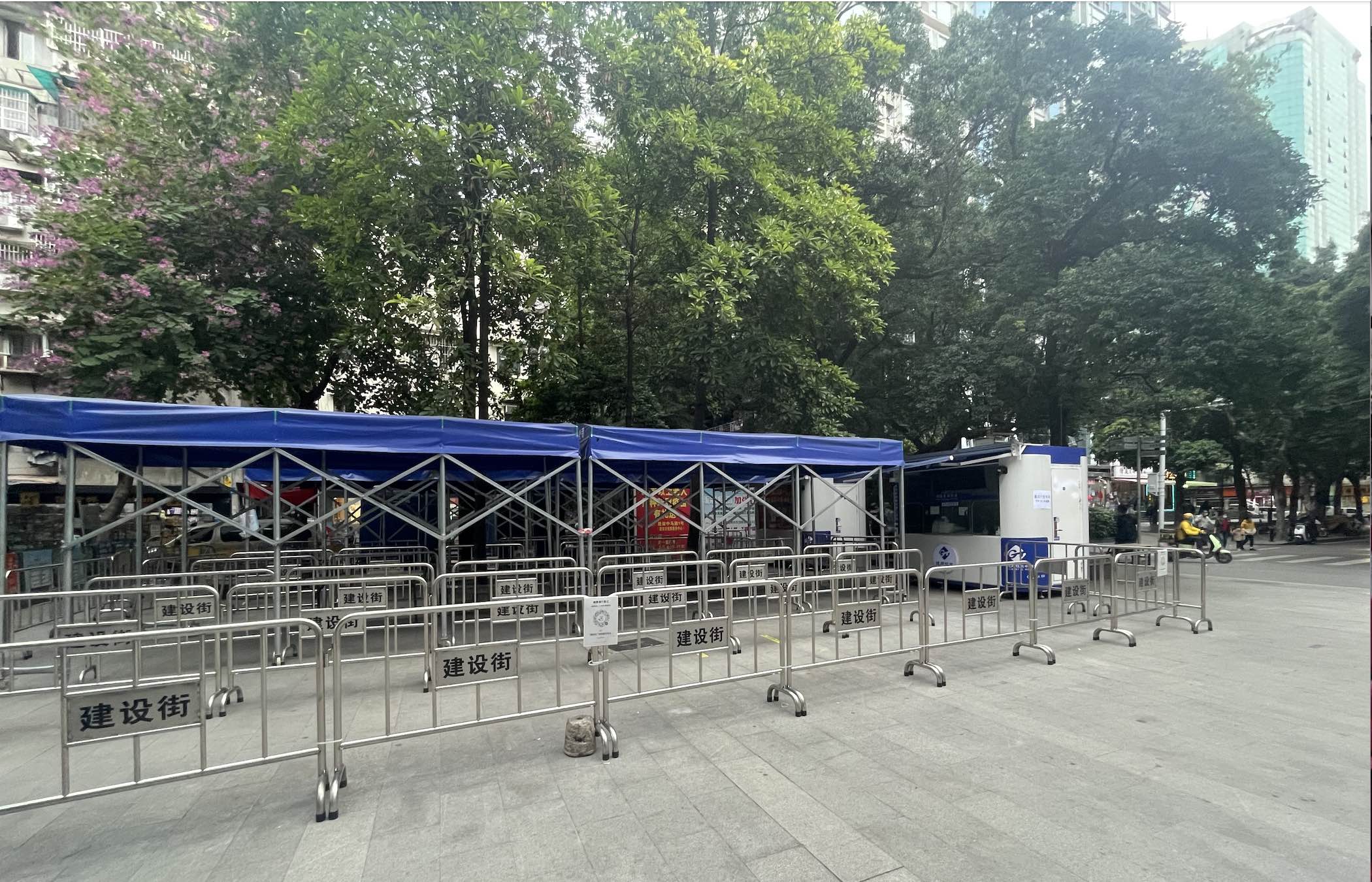
An empty test site in Guangzhou
In the early morning of November 30, when people were on the way to work and getting their daily COVID tests, many communities and businesses were told that their local testing sites would close later in the day.
By the evening, almost all of them had, leading to hundreds of people flocking to nearby hospitals to get tested.
This morning, the That’s team in Guangzhou explored the city and almost all of our local testing sites were still closed. We did find two in the Yuexiu district that were still open, and there were hundreds of people waiting. However, on a normal day (and we’re sure this is the same for you) a 20-minute walk around the neighborhood normally involves navigating around three or four testing sites.
So, why did this happen?
On November 11 the Joint Prevention and Control Mechanism of the State Council released a series of policies relating to epidemic prevention and control, one of which stated that mass testing should only be implemented during an outbreak if the source or chain of infection of a said outbreak is unclear, or if community transmission continues for a long period of time.
READ MORE: How is China Changing Its COVID Testing Policies?
Temporary Control Areas Disappeared
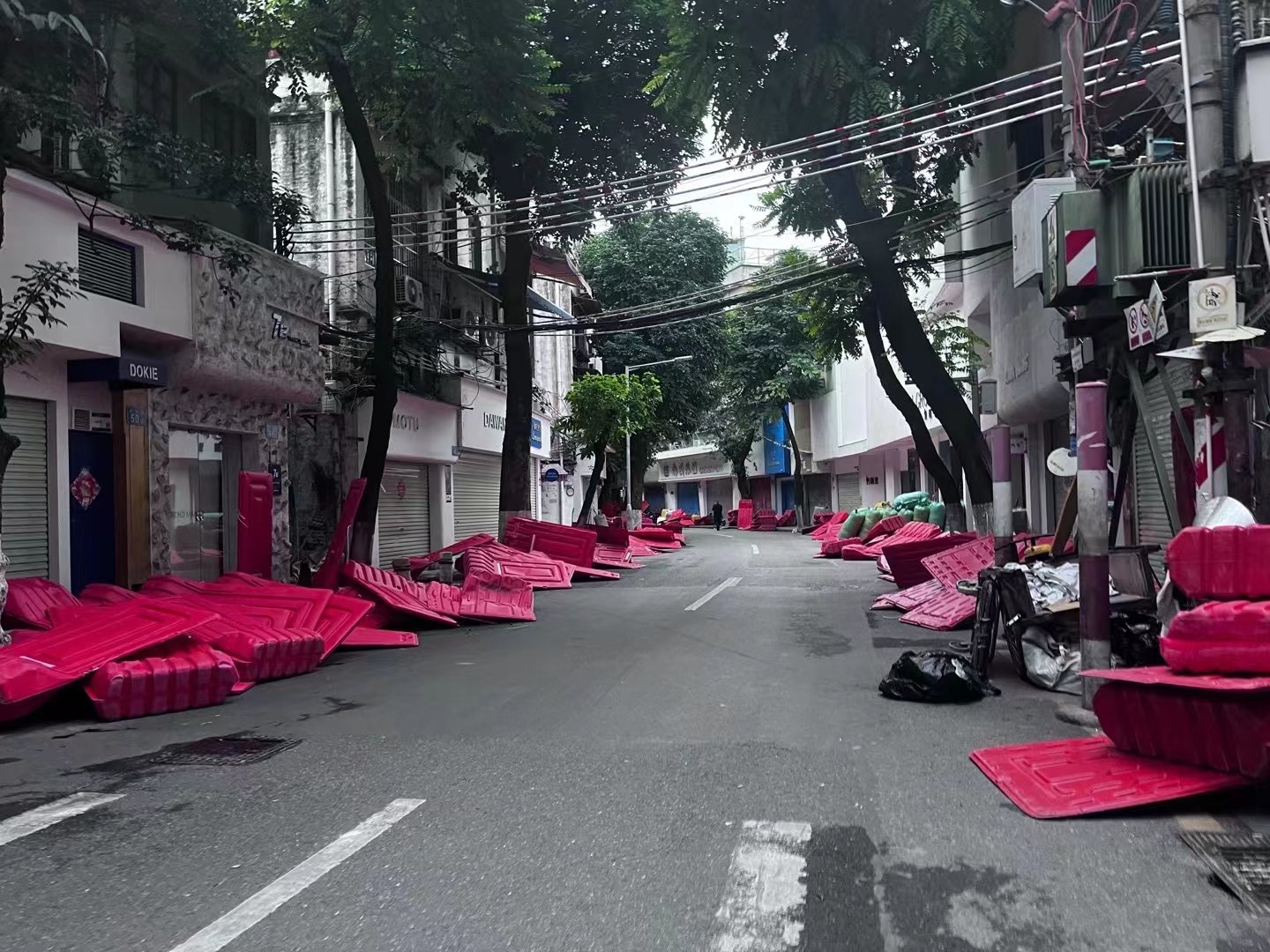
Red barriers in an area previous under temporary control have been torn down, ready to be removed.
Shortly after the news that COVID-19 testing sites would be closed, several districts in the city announced that they would be removing temporary control areas, essentially meaning that the only areas affected by the virus would be those marked as high- or low-risk.
This is highly significant because it means that only low- and high-risk areas can be locked down, and only buildings or subdistricts can be defined as such (not entire districts or cities).
Businesses Began Reopening
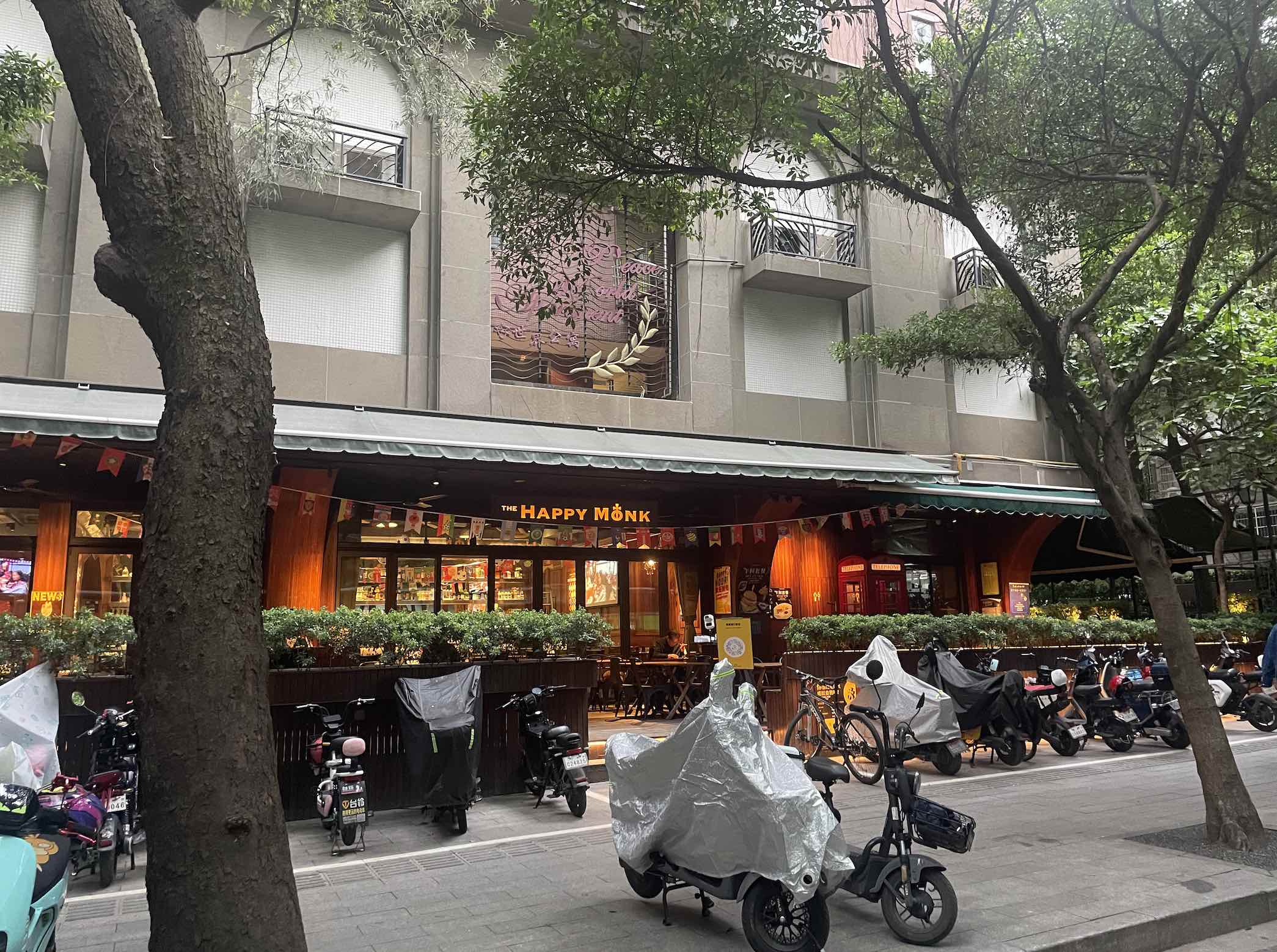
The Happy Monk already open for business in Guangzhou's Yuexiu district.
On the evening of November 30, and at various points throughout today, December 1, restaurants, gyms, KTV, bars, massage parlors and all other establishments that were told to close during the outbreak received notice that they could begin business operations.
Of course, businesses in low- or high-risk areas will have to wait until their risk status is downgraded, but as of press time, there are even restaurants in the Haizhu district allowing people to eat inside.
Negative COVID Tests Are No Longer Required in Some Areas
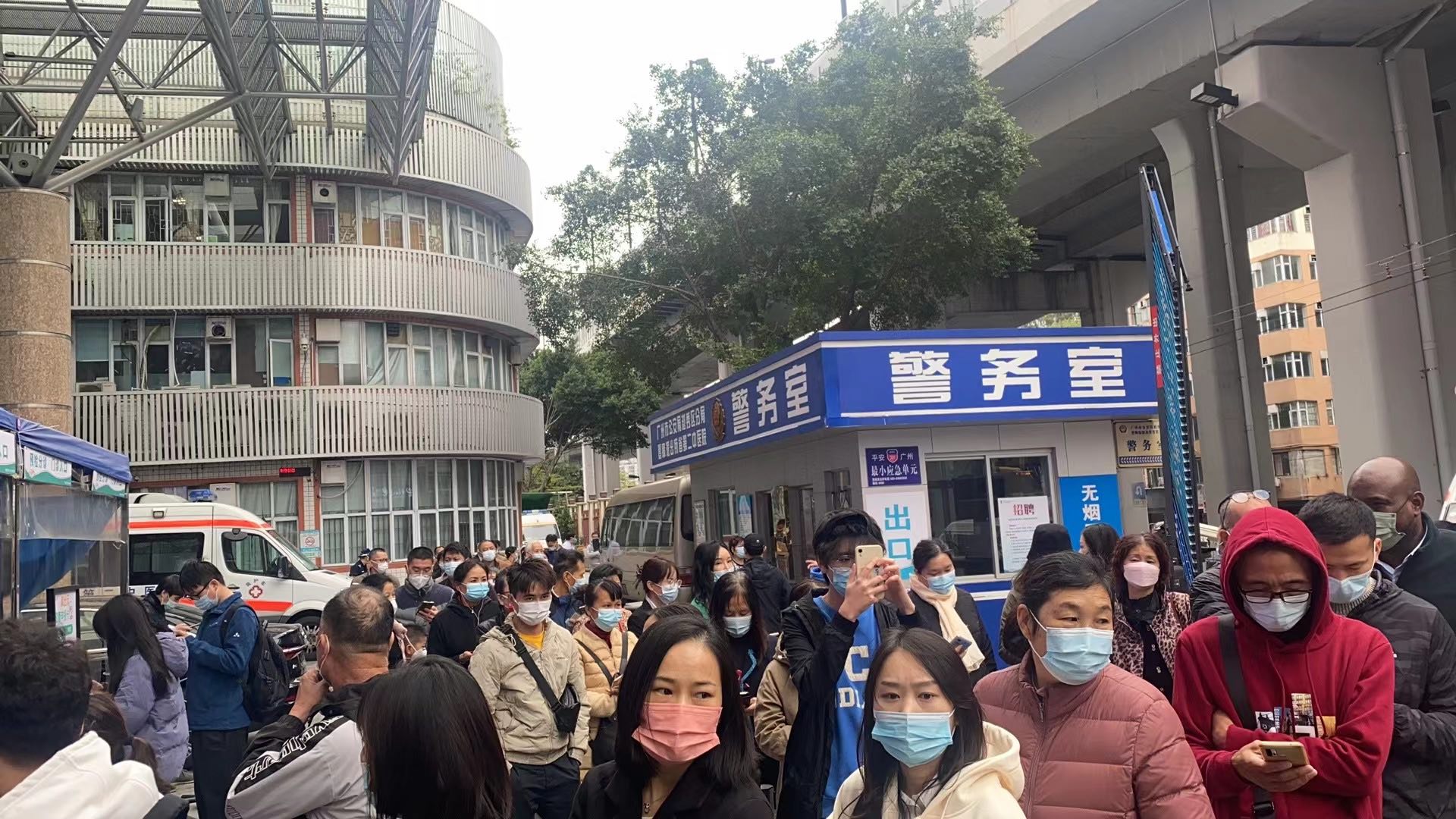
Hundreds of people wait to get tested outside a hospital in Guangzhou
With testing sites disappearing and businesses reopening, people all over the city were wondering how they could visit such places without a negative test issued within 24 or 48 hours.
Well, this morning one of our colleagues headed to the Public Security Bureau on the border of Haizhu and Yuexiu districts. Government buildings usually require a negative test issued within 24 hours, so you can imagine how our colleague was feeling on the way to renew his visa and his test result from last night still hadn’t appeared.
Well, when he arrived and began explaining his story, security quickly clarified that it was no longer needed, and a simple green health code would suffice.
Furthermore, several businesses, including restaurants and bars, have been informing customers that they will not need a COVID-19 test to get in when they open today and over the weekend.
So, if you’re planning on heading out this weekend (which we’re sure you are) just bring your mask, a green code and a desire to eat and drink until you burst.
You may well be asking why people are still queuing for hours in hospitals to get tested. Well, some places still require you to have a negative test issued within 24 or 48 hours, such as hospitals, train stations and airports respectively.
Unsure whether you’ll need a COVID test? We advise you to contact the place you’re going beforehand.
The aforementioned changes to the city of Guangzhou are not unique, they are all in line with policy changes outlined by the Joint Prevention and Control Mechanism of the State Council.
We’ve seen several cities around the country trying to implement them, with varying degrees of success.
However, the Joint Prevention and Control Mechanism of the State Council called another press conference on November 29 (the day before Guangzhou began changing its policies) reiterating that this is the new way the country is handling the virus.
Of course, this doesn’t mean that Guangzhou is totally open, despite reporting more than 6,000 cases in one day; low- and high-risk areas still exist and so do quarantine facilities. But it does mean that if you aren’t in an area with COVID cases, life can essentially continue as normal.
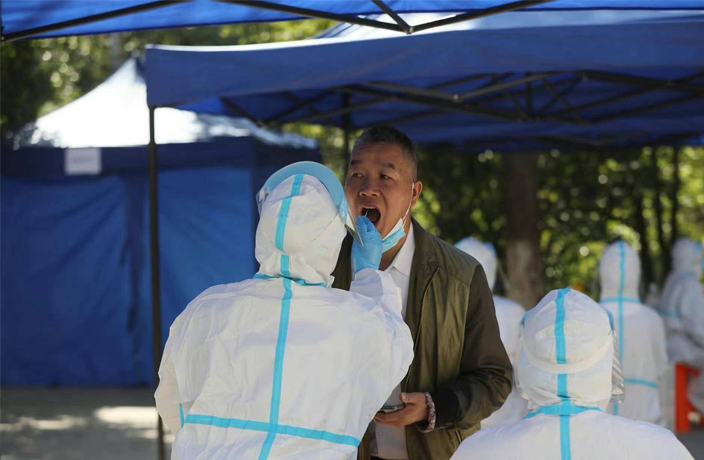




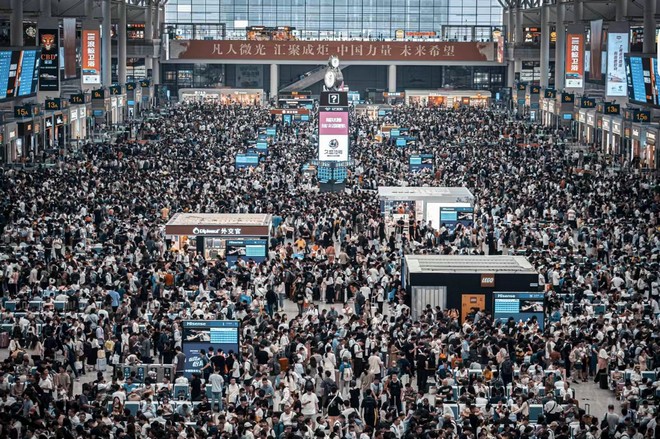
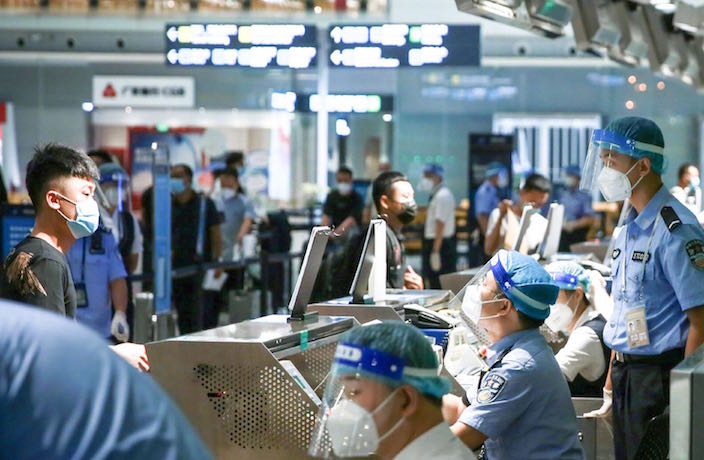
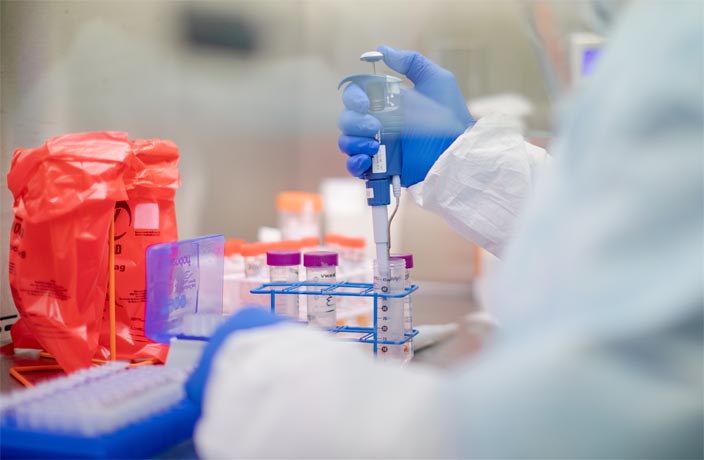














0 User Comments